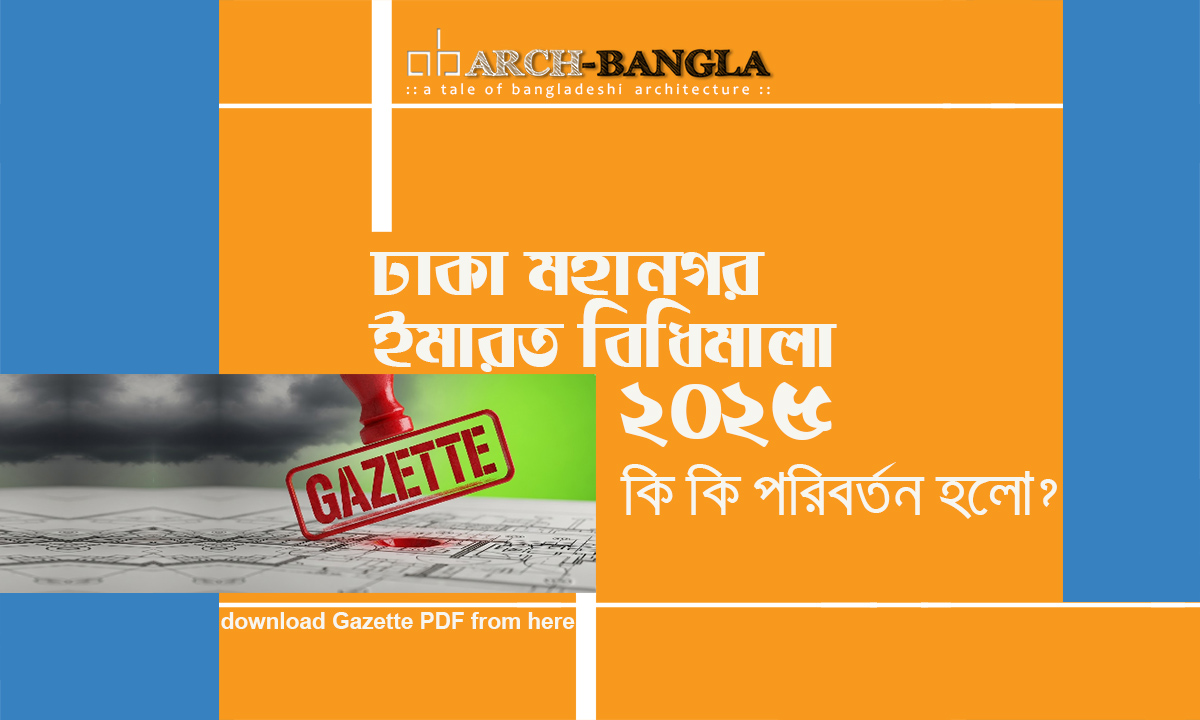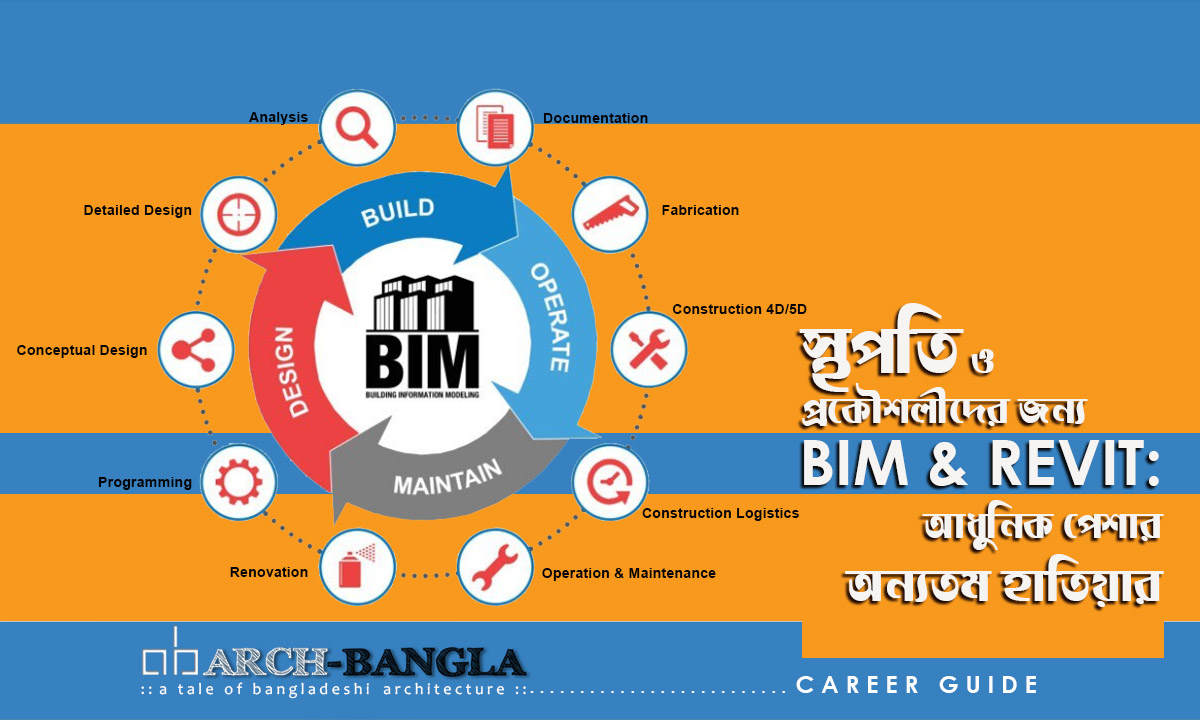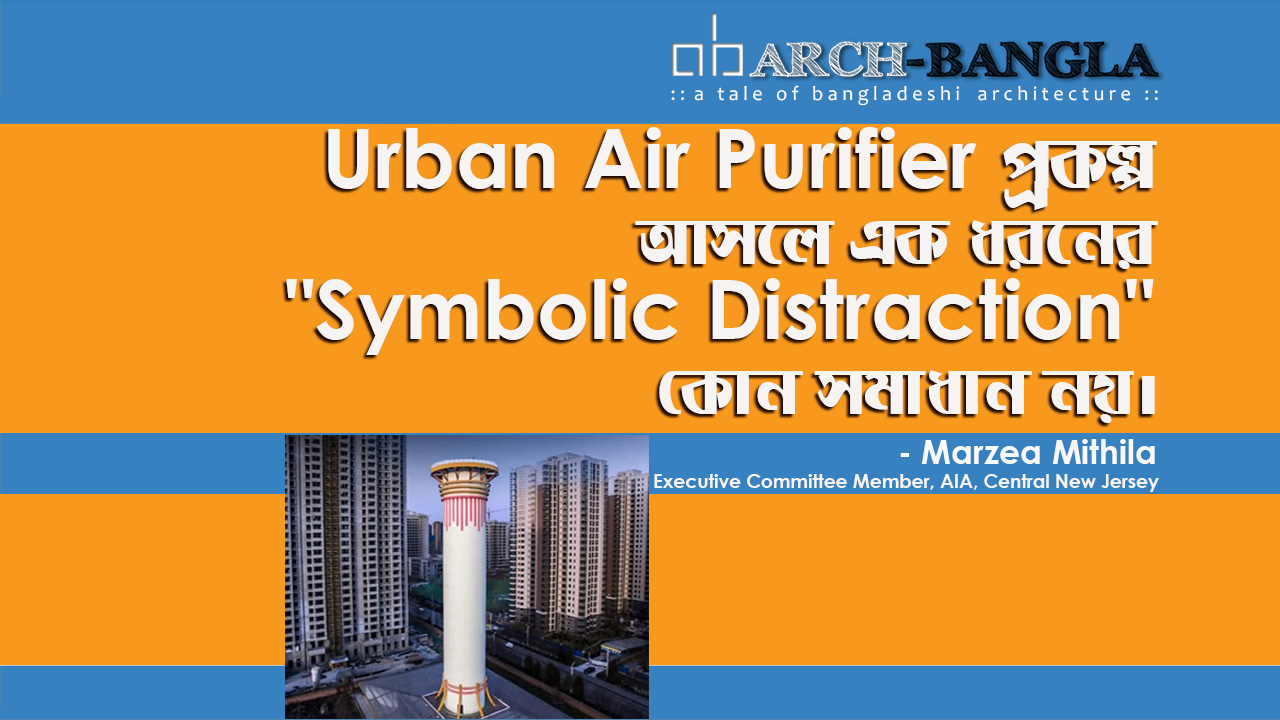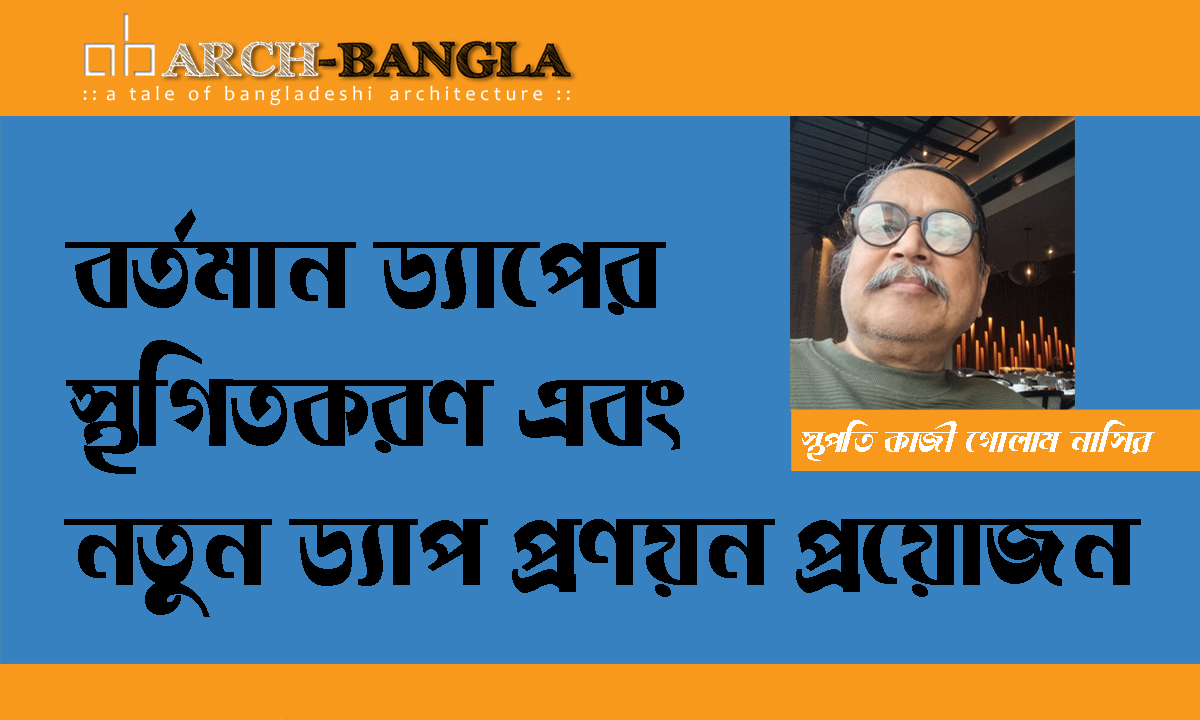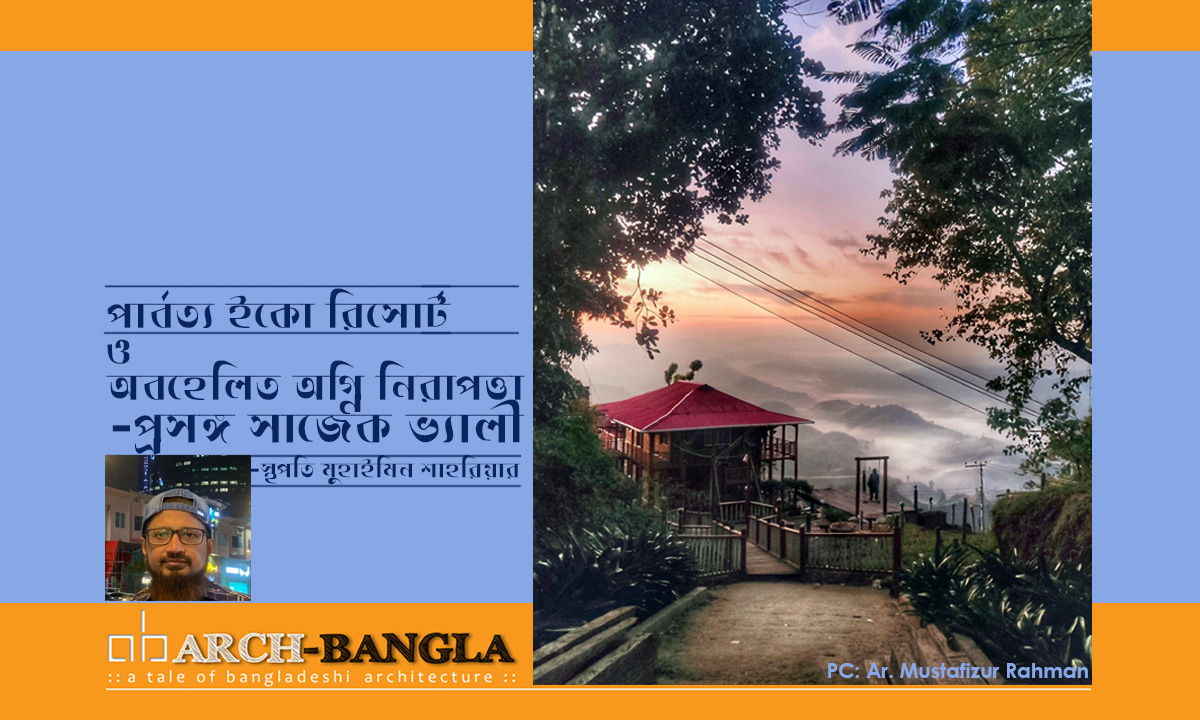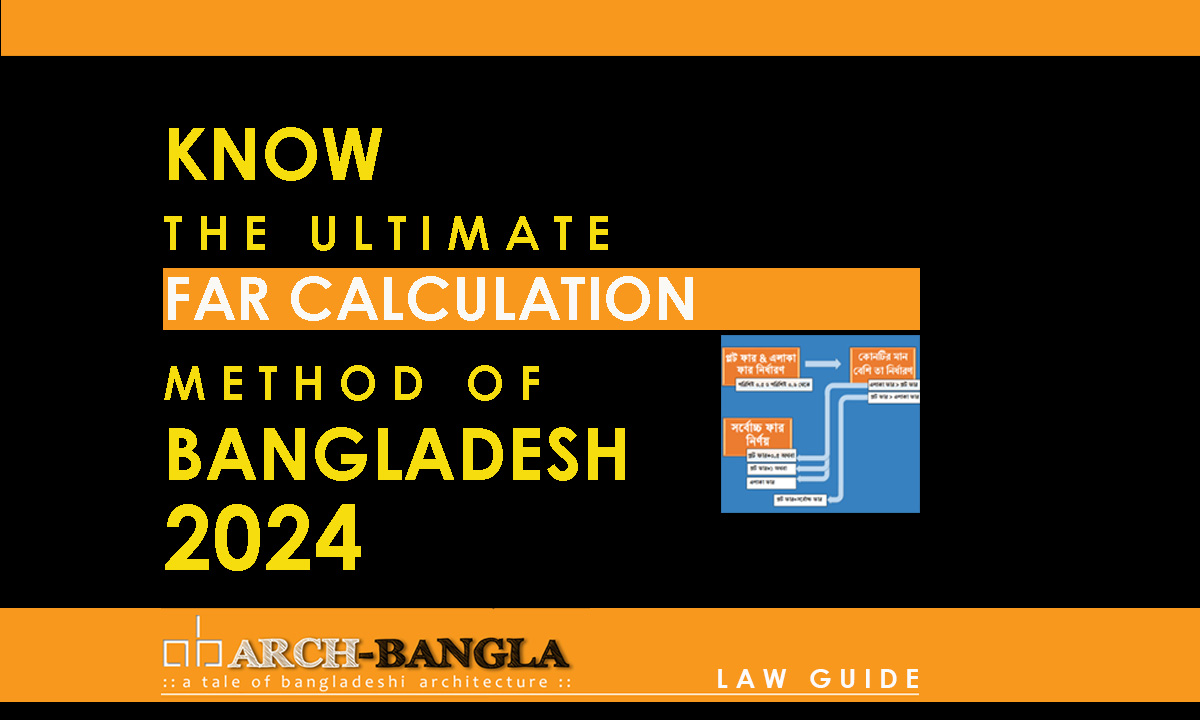Ahsania Mission Children City, Jessore
Ahsania Mission Children City, Jessore
Project Title : The Ahsania Mission Children City, Jessore
Name: Zakia Haque Maliha
Studio: X (Thesis)
Studio Master: Mohammad Habib Reza, PhD; Mohammad Zillur Rahman
Year: 2023(September)
University: BRAC University
The Ahsania Mission Children City will provide a safe haven and comprehensive support to orphans and street children aged 1 to 17 who are considered the most vulnerable and disadvantaged. The goal of this project is to ensure the social and economic well-being of these children through provision of nutritious meals, secure housing, essential medical care and access to formal education up to secondary level. Furthermore, the Children City will offer vocational training opportunities that aim to equip the children with various skills and knowledge, enabling them to make valuable contributions to their communities and society once they graduate from the program and leave the village.
The fundamental underpinning of the Ahsania Mission Children City project lies in its unwavering commitment to New Contextualism, an architectural ideology that emerged as a response to the limitations of both Modernism and Postmodernism. New Contextualism places a profound emphasis on considering the broader context in design, recognizing the intricate and multifaceted nature of today’s world. This approach seeks to transcend the confines of temporal design philosophies, aiming to create architectural solutions that are not only timeless but also inherently responsive to the evolving demands of the future.

Central to the project’s main concept is the aspiration to craft a space where children not only find refuge but where they feel an integral part of society. The emphasis extends beyond basic needs, envisioning a holistic environment where the children can actively engage in learning various skills, receiving education, and participating in cultural activities. In essence, the project places the well-being and development of these vulnerable children at its core.
To translate this vision into reality, a comprehensive site analysis was undertaken, examining various dimensions including the urban, economic, cultural, social, and geographical aspects. Understanding the economic growth pattern of Jessore over the last two decades revealed a gradual development along the highway road. Notably, the Bangladesh government’s proposal to widen the Benapole-Jessore highway corridor to 100 feet from 60 feet indicates a strategic move towards future urban development growth centers.

Zoning in the SiteHowever, the site analysis unearthed a critical gap in the surrounding area – a lack of cultural activities and proper educational institutions. The residents of the site’s vicinity were found to endure a significant commute of 40-50 minutes to Jessore city to access these essential amenities. This identified need formed a crucial aspect of the project’s focus, emphasizing the importance of creating not just a shelter but a comprehensive ecosystem that addresses the diverse needs of the children.

Further examination of the geographical water network pattern revealed a trend observed in rural areas like Hashimpur, indicating a proclivity for the development of residential areas surrounding water bodies. The presence of a water network along the site’s surroundings suggested the potential for future habitation, aligning with broader regional development trends. Concurrently, the study of road networks uncovered an organic pattern, intricately connecting all primary roads to secondary roads and highways, forming a cohesive and accessible network.

In weaving together, the threads of this comprehensive site analysis, the project’s design decisions emerged as thoughtful responses to the identified challenges and opportunities. The commitment to New Contextualism not only guided the acknowledgment of the existing context but also informed the vision for a future-ready design that accommodates the evolving needs of the community.
Following an exhaustive site study, the Ahsania Mission Children City project formulated a series of strategic design decisions aimed at fostering a holistic and community-centric environment. Among these decisions, three distinctive proposals emerged, each strategically addressing different facets of the identified challenges.
The first proposal envisioned the creation of an open space dedicated to children’s play and entertainment. What sets this space apart is its deliberate lack of boundaries or restrictions, symbolizing an environment of openness and inclusivity. By removing physical barriers, the design aims to cultivate a profound sense of belonging among the children and within the larger community. This unique feature encourages the children to perceive themselves not as isolated individuals but as integral contributors to the communal fabric, fostering a mind-set of shared responsibility and community integration.
The second proposal introduced a marketplace within the site, strategically positioned to align with the anticipated economic growth resulting from the planned road widening. This proposal reflects a forward-thinking approach, recognizing the economic trends observed in the area over the past two decades. The marketplace is not solely a commercial endeavour; it serves as an economic engine designed to benefit both the children and the community. Beyond meeting basic needs, the proposal acknowledges that economic reinforcement, distinct from traditional charity, is essential for nurturing the children into productive members of society. This economic empowerment aligns with the project’s overarching goal of providing a comprehensive foundation for the holistic development of the children
The third proposal advocates for the establishment of a cultural center, serving as a vibrant hub for both Ahsania Mission children and the broader neighbourhood. Through area studies, it was evident that the region lacked facilities promoting cultural activities. The proposed cultural center fills this void, providing a space for artistic expression, cultural exploration, and community engagement. By extending its impact beyond the immediate beneficiaries, this proposal contributes to the enrichment of the entire neighbourhood, fostering a sense of shared cultural identity and mutual appreciation.
In addition to these proposals, the project introduced a pathway inspired by the organic path development trend observed around the site. This pathway is not merely a physical connector but a symbolic link designed to enhance the site’s accessibility to the community. By aligning with organic development patterns, the pathway integrates seamlessly into the surrounding environment, serving as a visual representation of the project’s commitment to community engagement and inclusivity.

The overall design decisions aim to create a holistic and community-centric environment, considering the diverse needs of the children and addressing the identified gaps in the surrounding area. By combining thoughtful responses to challenges with forward-thinking approaches, the Ahsania Mission Children City project strives to provide a comprehensive foundation for the well-being and development of vulnerable children while contributing to the broader community’s enrichment and growth.

